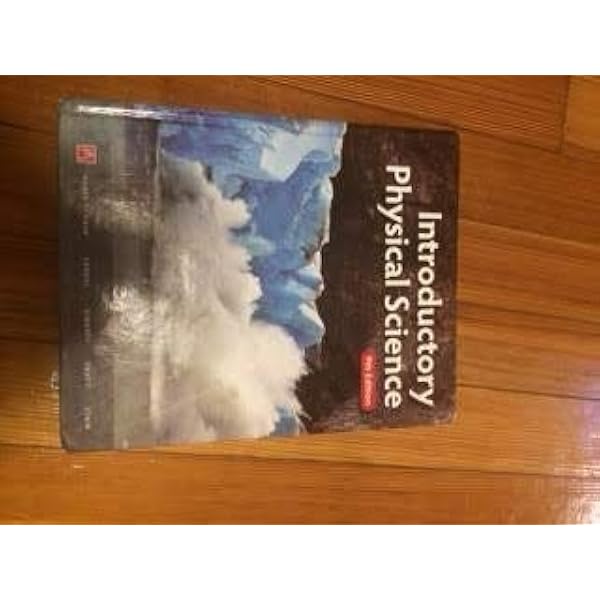A New Facility for 21st Century Science
21st Century Mortgage
The convergence of engineering, physical science, and life sciences, augmented by high-speed computation and data search, is opening new frontiers in human health, energy, and materials science. At Penn State, this convergence has a new home in the Millennium Science Complex, a 275,600 square-foot science building housing two of the University's premier research organizations - the Materials Research Institute and The Huck Institutes for the Life Sciences.


There is now overwhelming evidence that regular physical activity has important and wide-ranging health benefits. These range from reduced risk of chronic diseases such as heart disease, type 2 diabetes, and some cancers to enhanced function and preservation of function with age. As a member of the geriatric set, I am personally delighted that there is strong emerging evidence that activity. Physical science - Physical science - Developments and trends of the 20th and 21st centuries: Some of the most spectacular advances in modern astronomy have come from research on the large-scale structure and development of the universe. This research goes back to William Herschel’s observations of nebulas at the end of the 18th century.
21st Century Scientists German Indian Mathematicians Astronomers Physicists Biologists Geneticists Chemists Biochemists Computer Scientists Find out more about the greatest 21st Century Scientists, including Stephen Hawking, Neil deGrasse Tyson, Larry Page, Richard Dawkins and Sergey Brin. John Dewey in the 21st Century Morgan K. Williams University of West Florida John Dewey was a pragmatist, progressivist, educator, philosopher, and social reformer (Gutek, 2014). Dewey’s various roles greatly impacted education, and he was perhaps one of the most influential educational philosophers known to date (Theobald, 2009).

More than just a collection of laboratories and instruments, the MSC embodies a new style of research, in which experts from many disciplines coordinate their technologies and knowledge in ways that produce exponential advances. By providing the research space and the opportunity for intellectual exchanges, both formal and informal, the MSC is expected to generate large returns on the University's investment in infrastructure.
Designed by internationally renowned architect Rafael Vinoly, the MSC is one of the nation's first buildings specifically constructed to support the integration of the physical and life sciences. Instruments for the characterization of organic and inorganic materials will be co-located in a vibration-free quiet space, part of 50,000 net square feet of user facilities dedicated to current and future generations of characterization and fabrication tools. Shared meeting and common areas are designed to encourage the free exchange of ideas that existed in the great corporate labs that defined physical science and engineering in the 20th century.
MRI Wing Floorplans
Building Fast Facts
- 275,600 gross sq. ft.
- 60,000 sq. ft. of green roof on five terraces
- 6,300 sq. ft. quiet lab
- 9,500 sq. ft. nano-clean room (Class 1000 / 100)
- 66 fume hoods
- 30 bio-safety cabinets
- Housing materials faculty and their research groups from the colleges of Engineering, Science, and Earth and Mineral Sciences
- Total cost of $225M
Your students’ success can begin today! Explore sample performance tasks including math tasks that build problem-solving skills, science tasks that instill the skills of inquiry, and writing tasks that build communication skills. These samples are just a few of the hundreds of tasks in every Exemplars product.
20th Century
How Exemplars Math Delivers

Our authentic problem-solving tasks encourage students to meet the criteria of our Standards-Based Math Rubric, based on the NCTM Process Standards. To meet the Exemplars standard, students must do more than find the correct answer. They must also communicate to justify their thinking and reasoning, use formal math language, create representations to show conceptual understanding, and make math connections.
Using our performance tasks over time in concert with our rubric expectations, students develop solutions that look like this:
21st Century Scholars Indiana
Grade 1 student work sample. The typed text represents teacher scribing, which helps capture a student's thinking. This student meets the Exemplars standard. Grade 3 student work sample. This student uses a strategy of a labeled number line and clear math reasoning to develop justification for their solution. This student meets the Exemplars standard. Grade 5 student work sample. This student justifies their solution with two different representations and clear mathematical reasoning. This student meets the Exemplars standard.

Comments are closed.